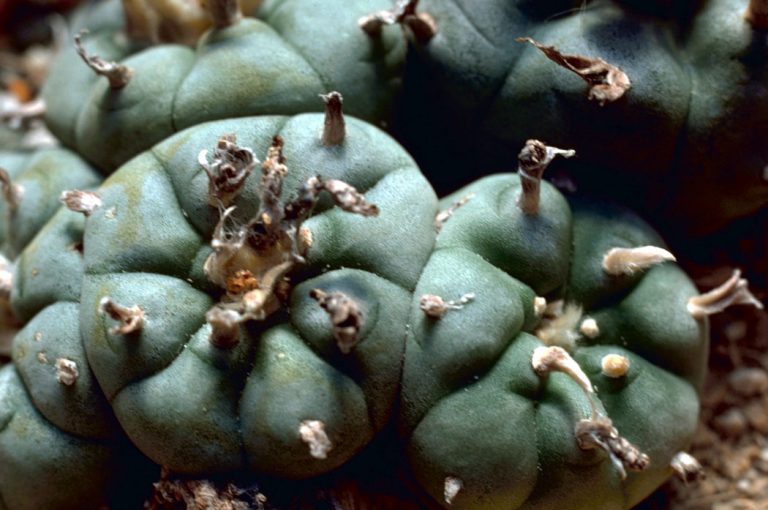

I’ve been doing it ever since,” Johnson says.īut distributors like Salvador Johnson are only allowed to sell peyote to registered members of one religious organization called the Native American Church. I came out back here and I applied for my license, and I started selling peyote. “My father was still living and he had moved back to Mirando. When he came back home, he followed in his father’s footsteps. After graduating from high school in 1966, Johnson joined the Air Force and was deployed to Vietnam. He’s lived there pretty much all his life. Johnson lives in Mirando City it’s a town of less than 200 people and is about 35 miles east of Laredo. But I still harvest peyote, so still going strong, still feel young,” Johnson says. “I’ll be 72 in, probably in about three weeks. Currently, there are only four licensed peyote distributors in Texas, and one of them is Salvador Johnson.
#Peyote cactus license
They must report how much peyote they harvest from the wild, and renew their license every year. Drug Enforcement Administration, and then with the Texas Department of Public Safety. Peyote sellers in Texas are required to first register with the U.S.
But selling it is barred in every state except for the one where it grows: Texas. It contains a psychoactive substance known as mescaline, and it’s been used as a religious sacrament in ceremonies by native cultures for centuries. Its humid climate makes it similar to parts of Northern Mexico, and it’s only in these two places where you can find one member of the cacti family which has been controversial, to say the least: peyote – genus Lophophora – is a small cactus native to the Rio Grande Valley. In ecological terms, South Texas is known as brush country – i t’s home to lots of thorny shrubs, trees and palms.


 0 kommentar(er)
0 kommentar(er)
